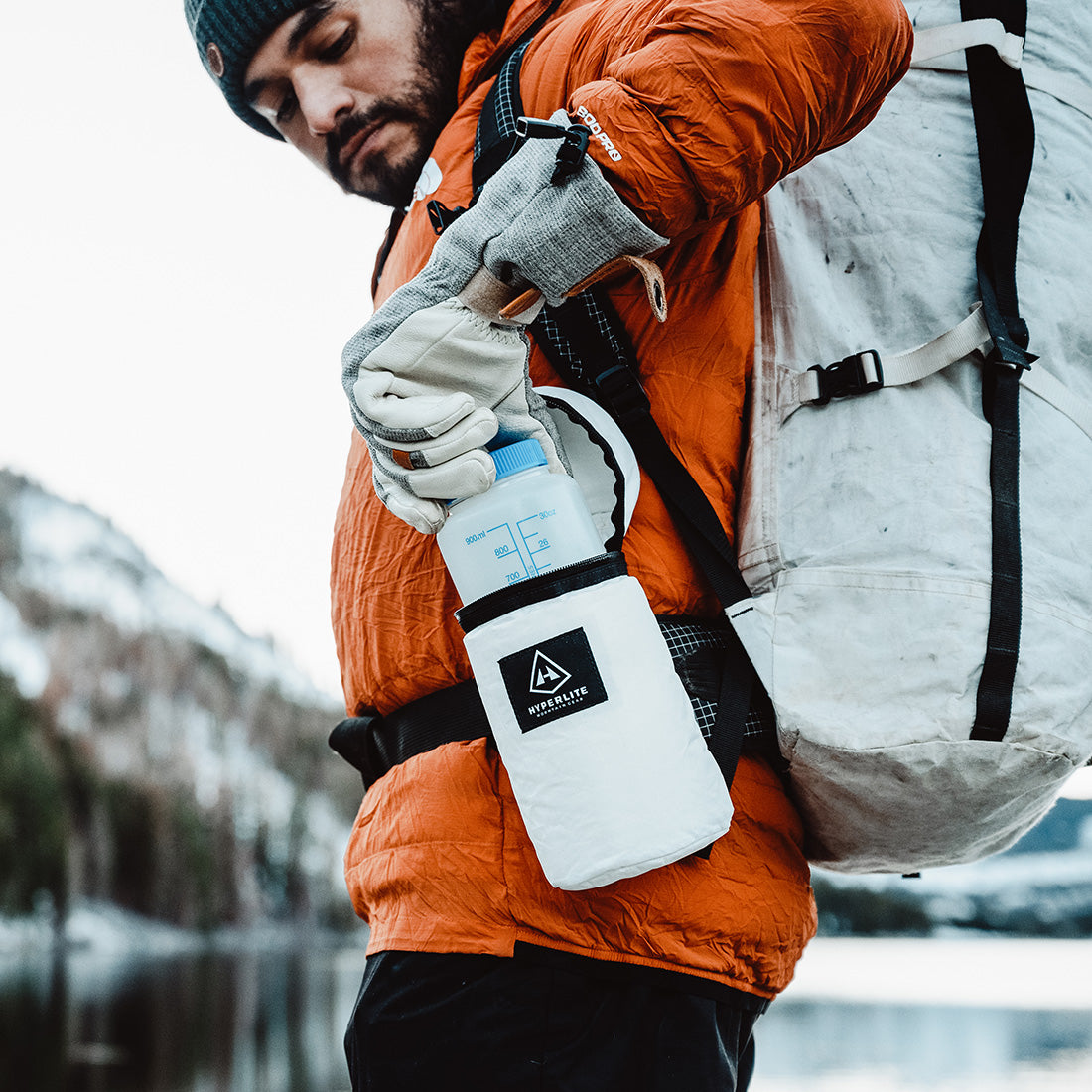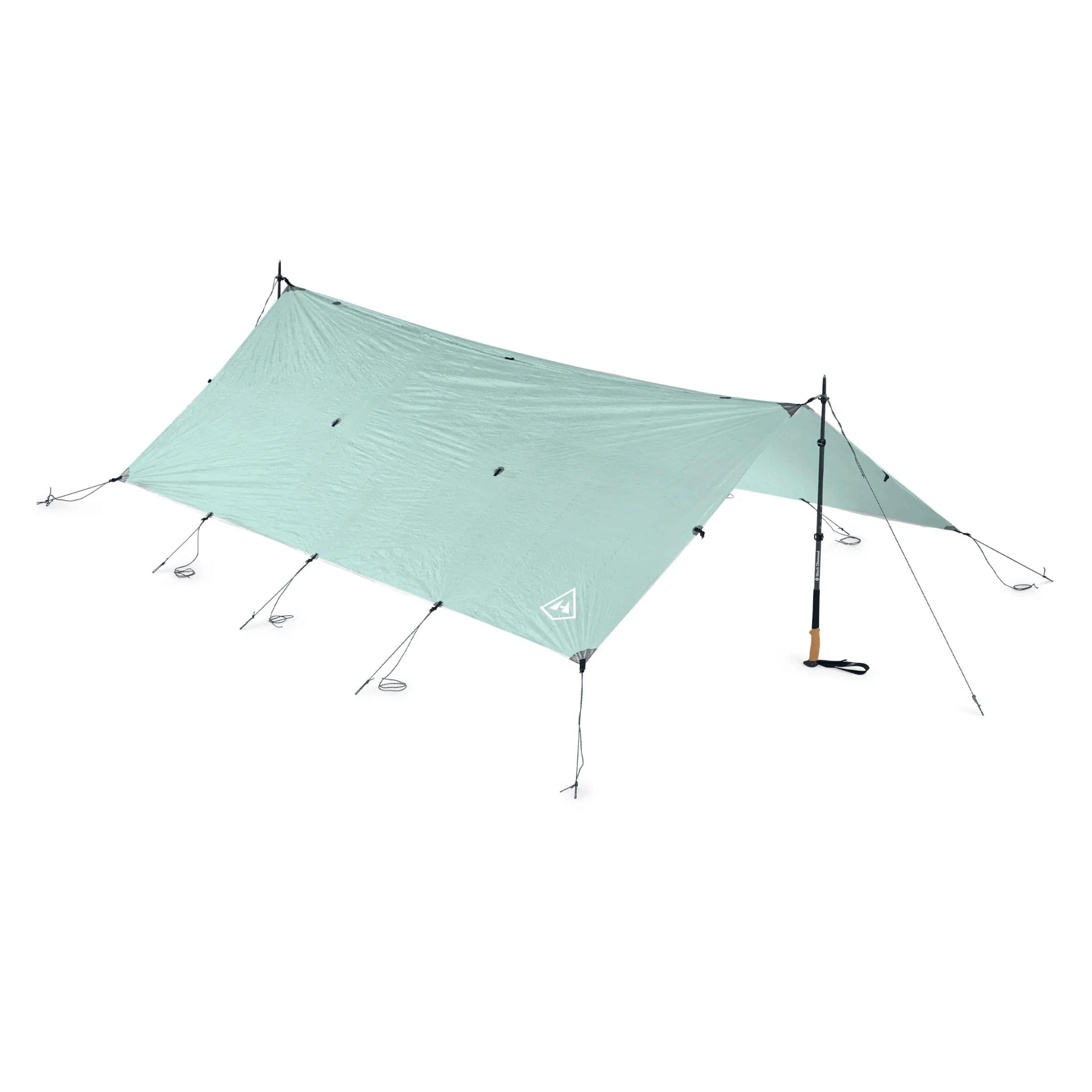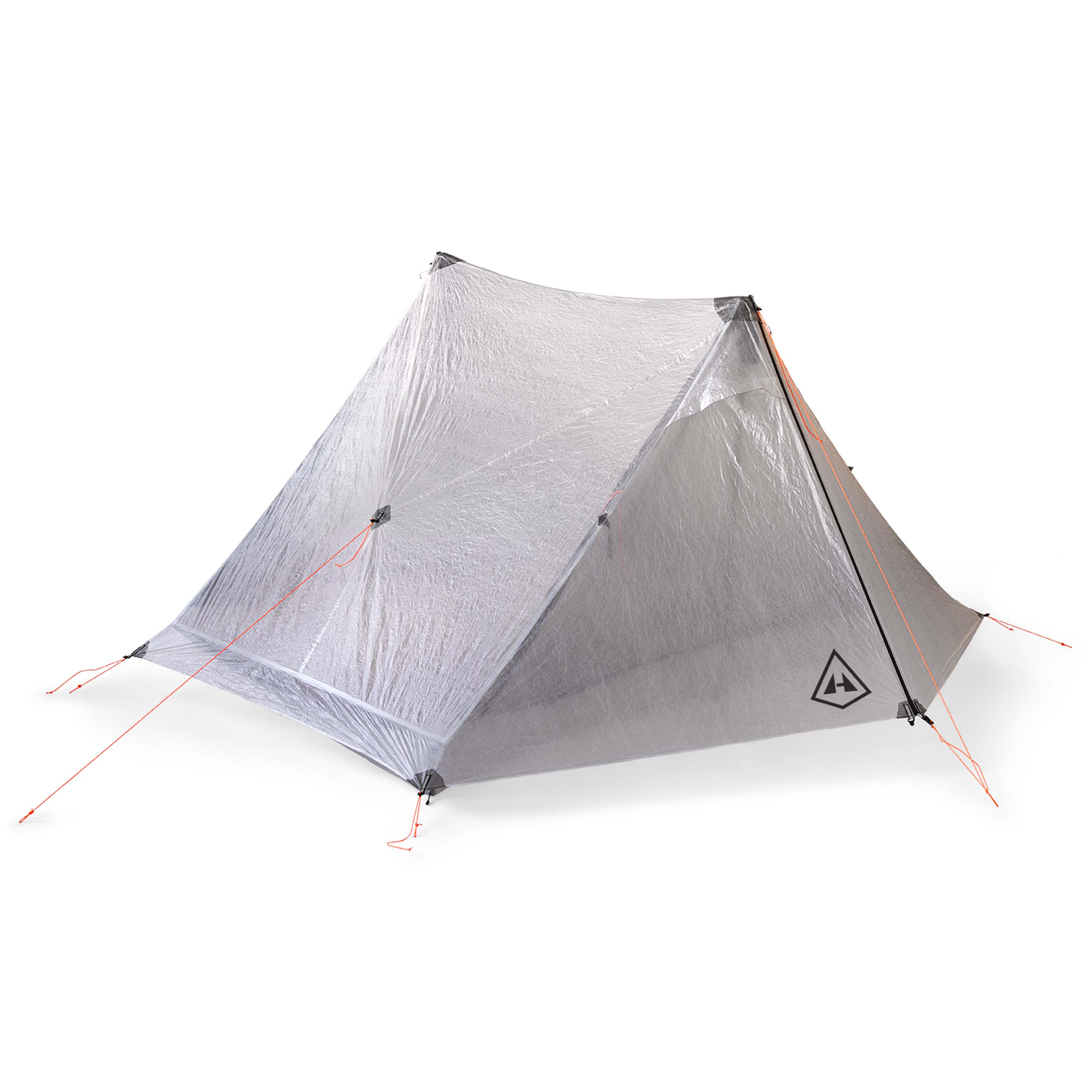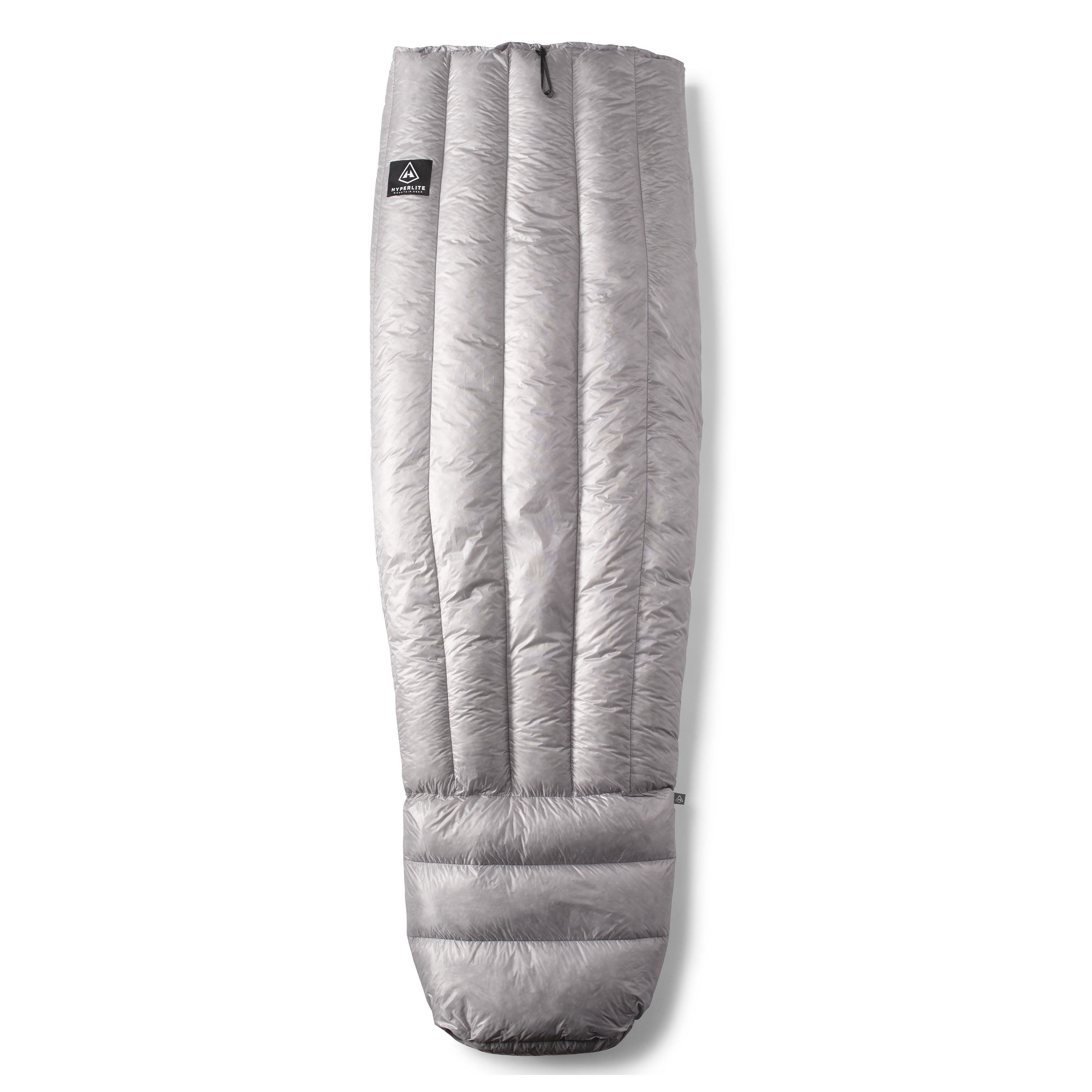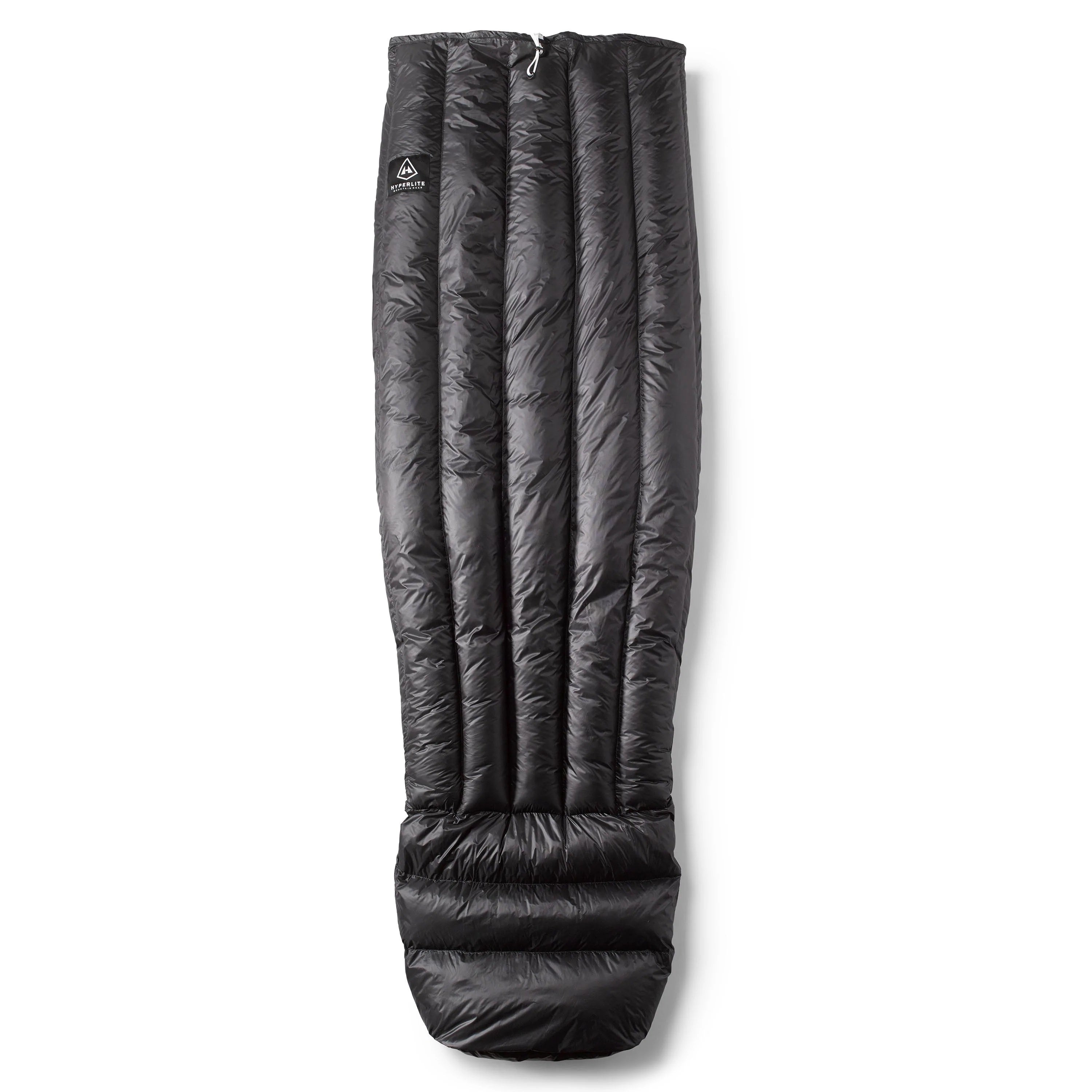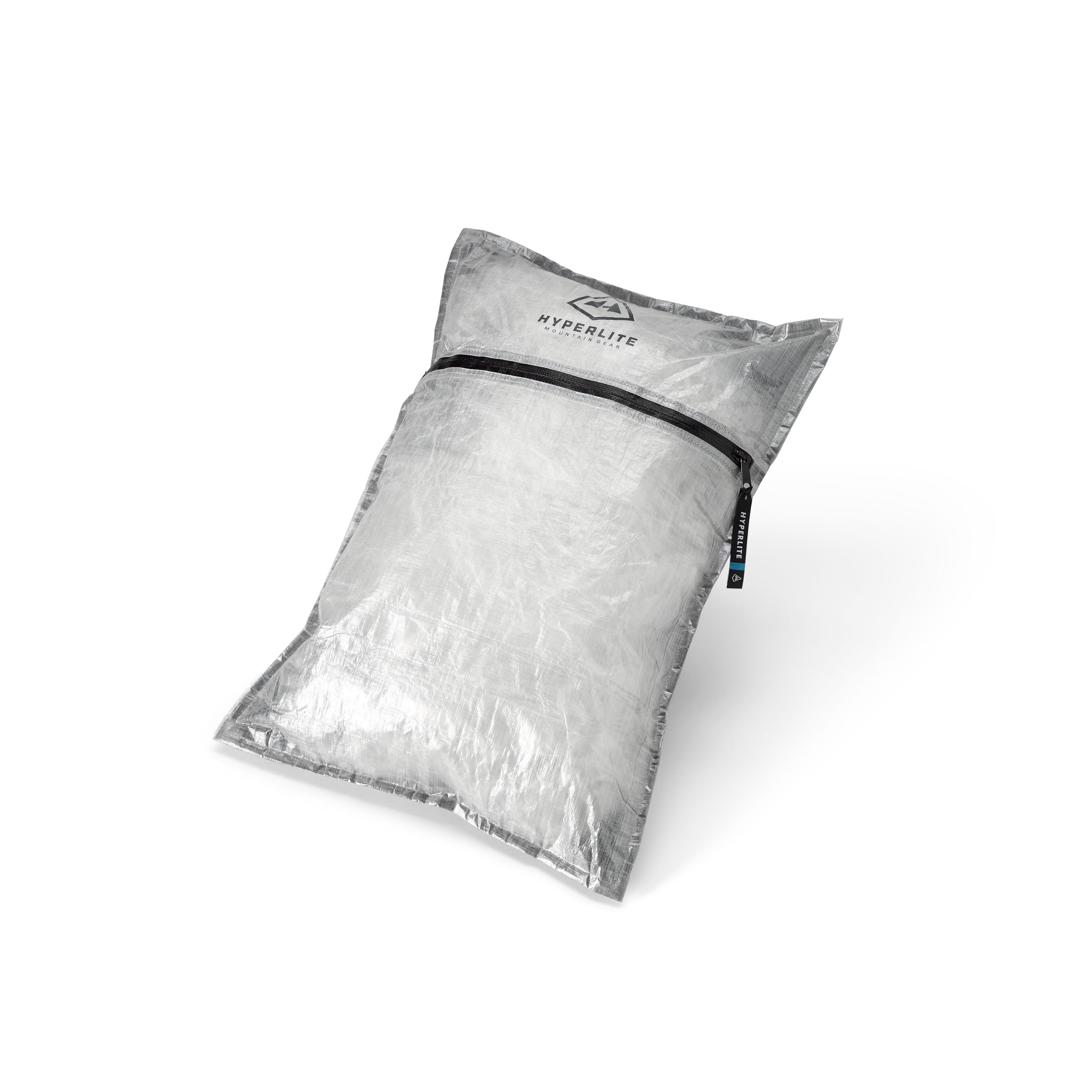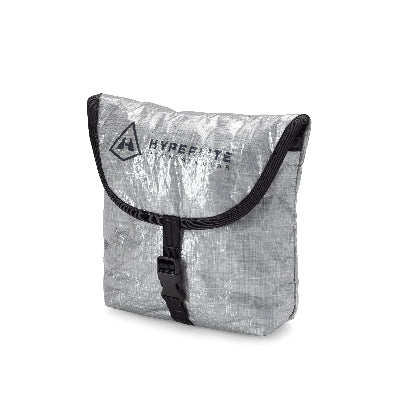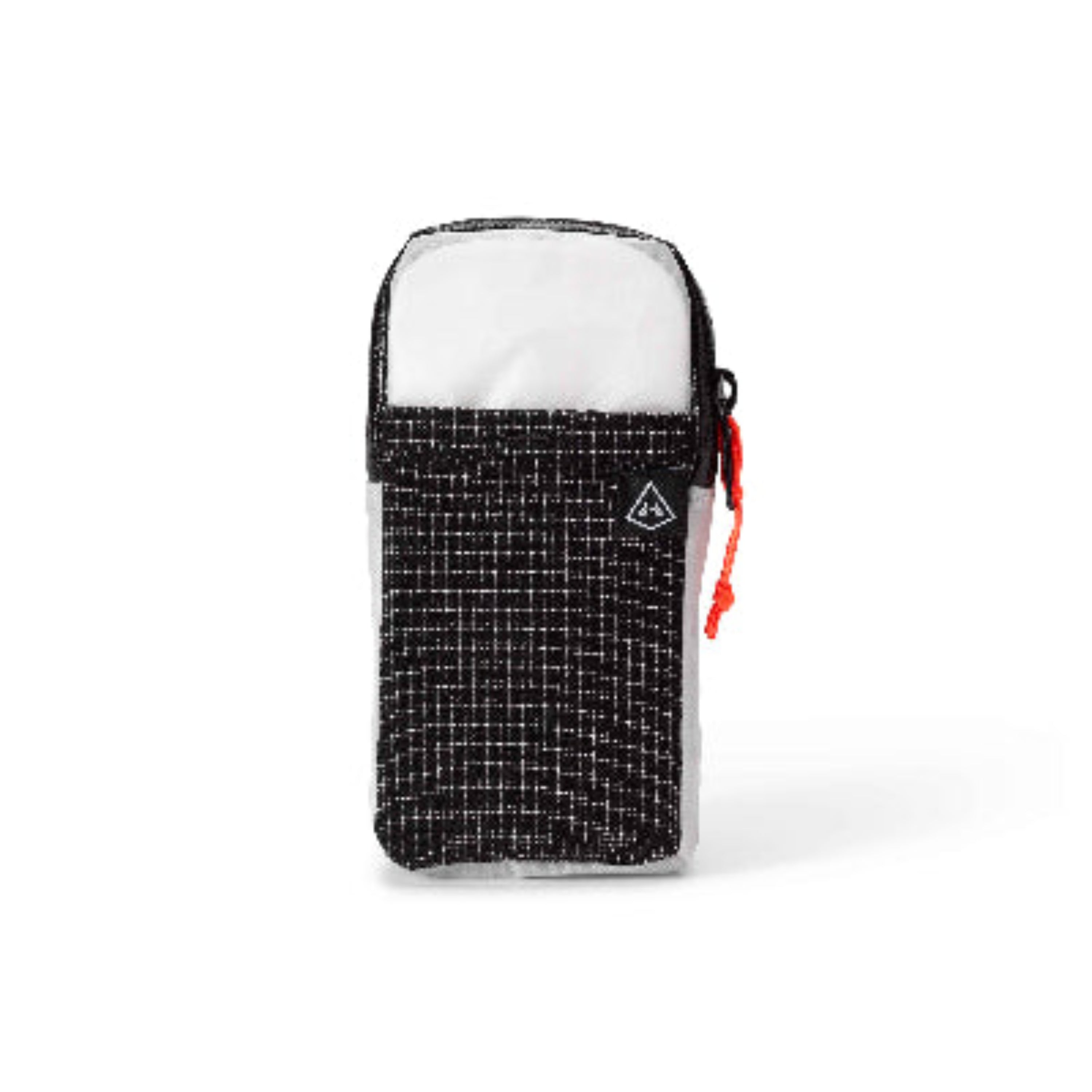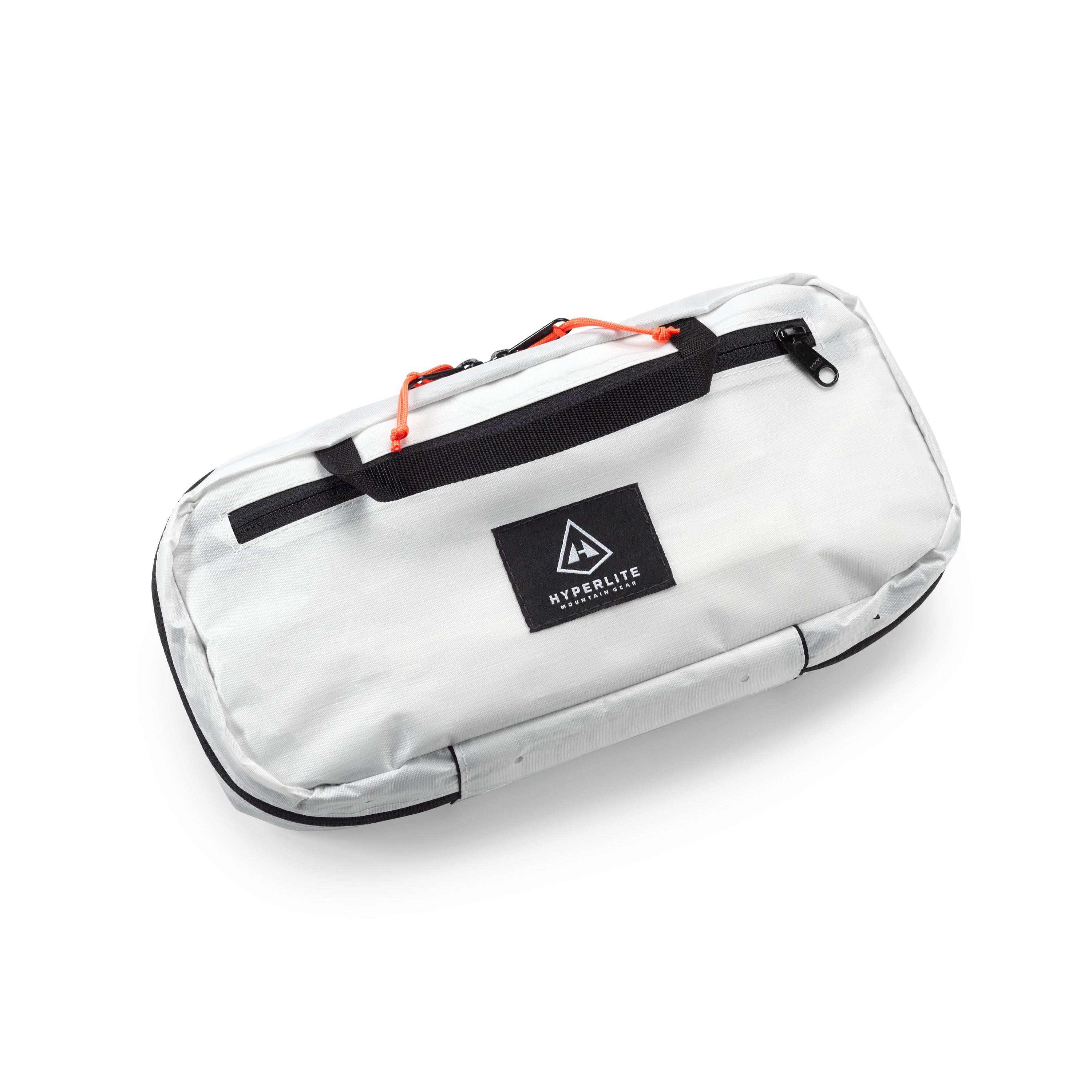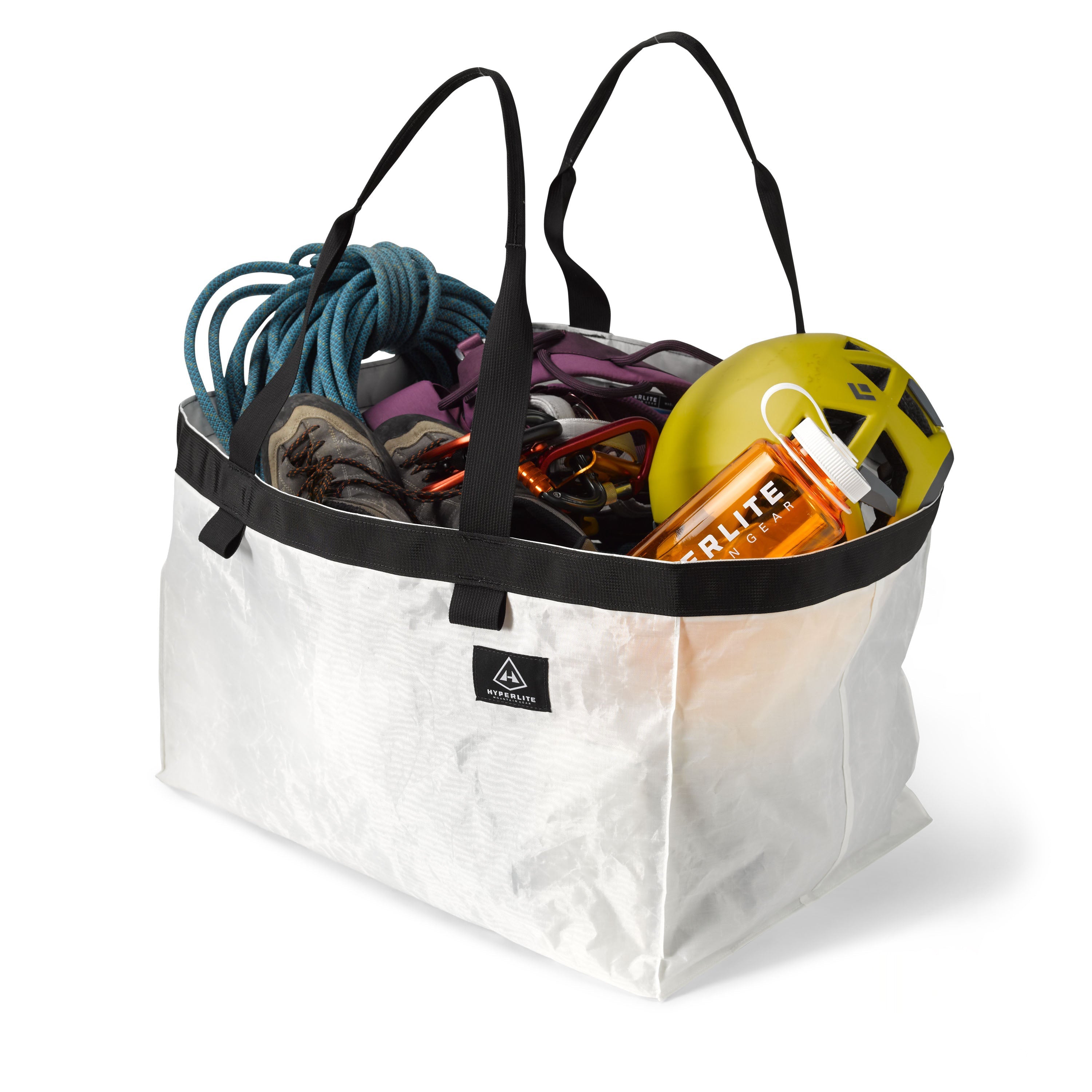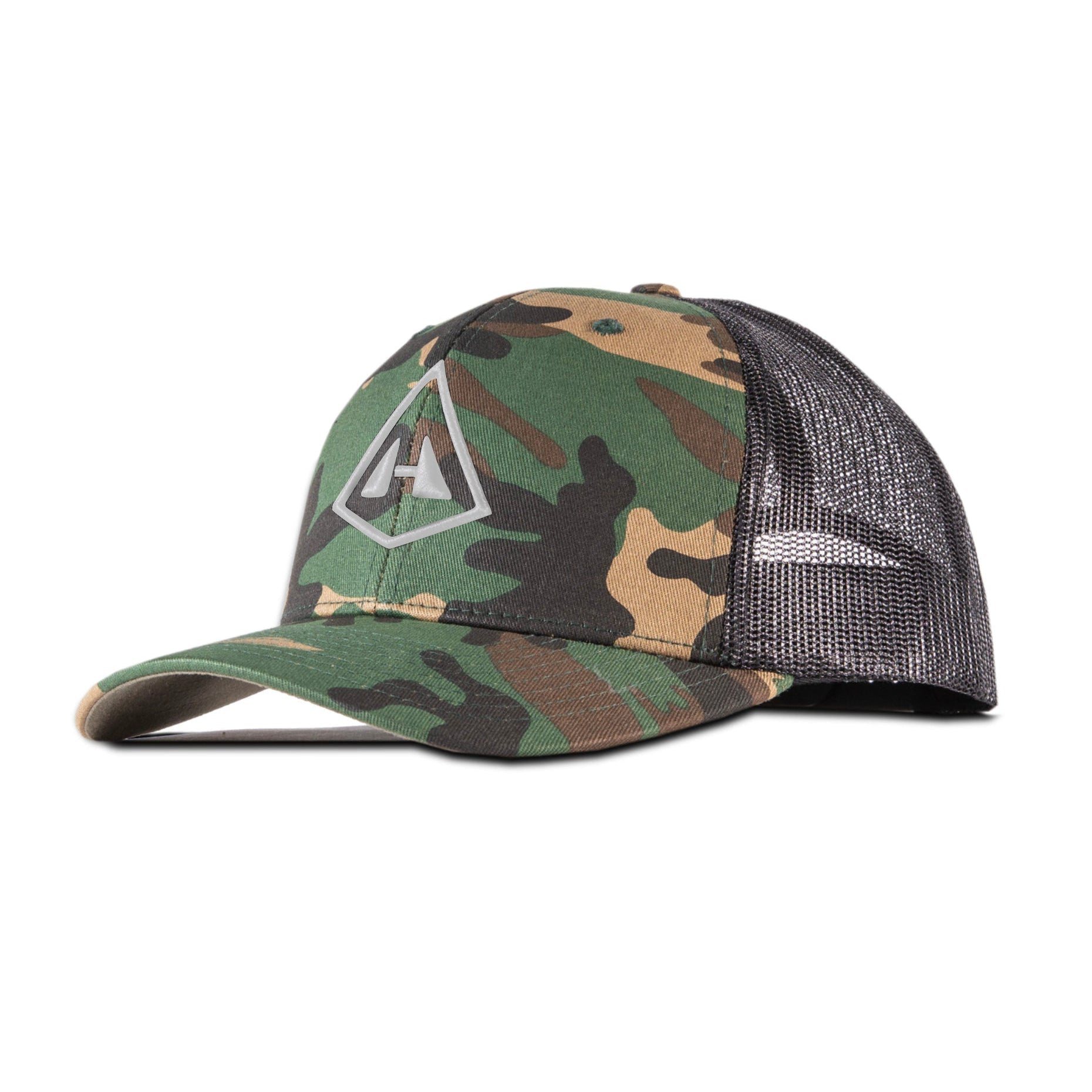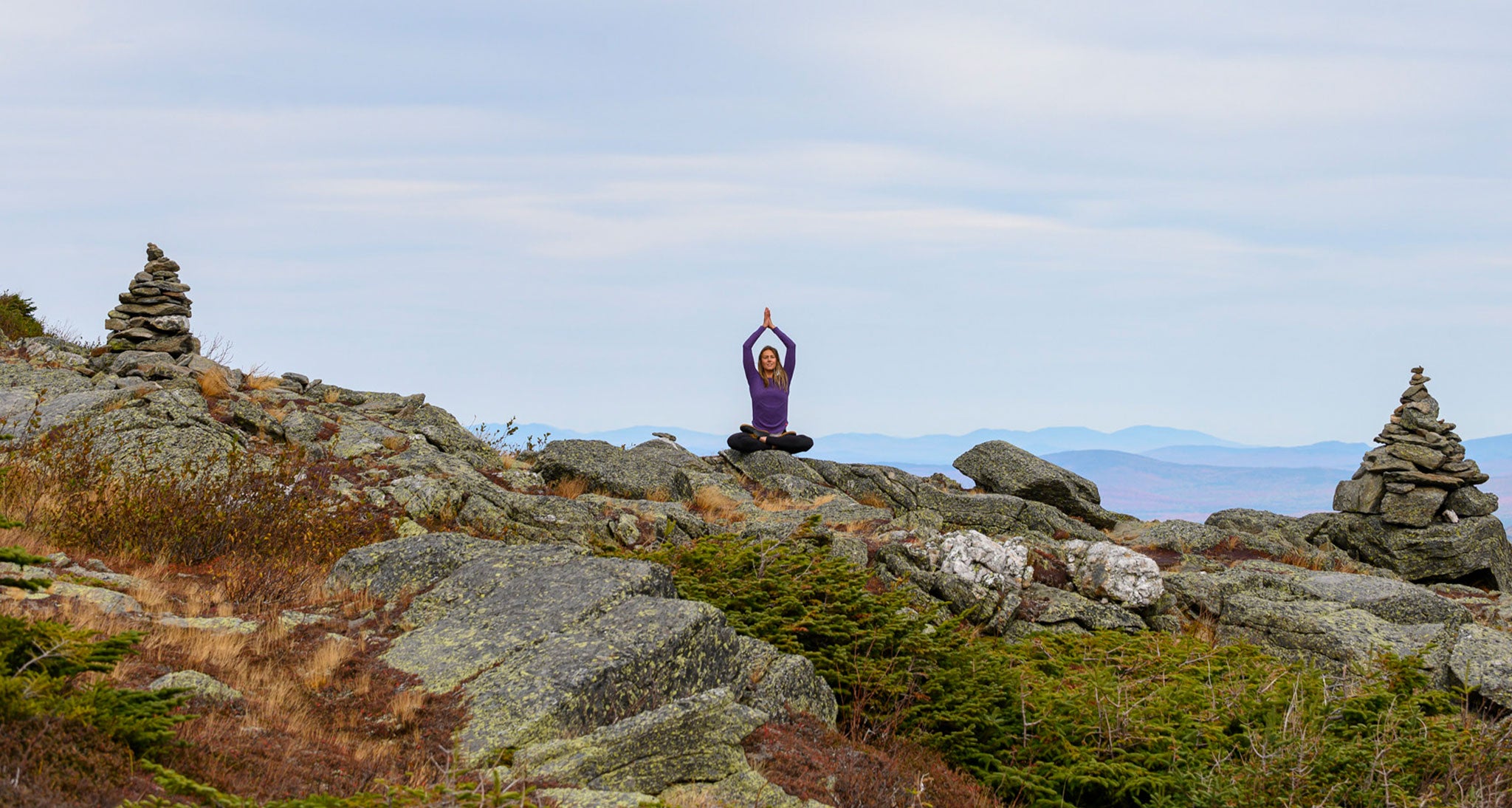Words & Photos by Eloise Robbins
Over the last hour, dark clouds had rolled in. They spread across the sky like a bruise. Thunder had turned from a distant rumble to a roar that rattled my molars. Sheets of rain already obscured the other side of the valley. The storm was almost on top of me.
Paradoxically, I’d spent the last part of my afternoon racing to get as high as possible. The valley floor was scrubby grassland with no shelter. Pine trees grew a thousand feet above, and I’d pinned my hopes on reaching them: hopefully, before the storm caught me. I’d barely made it. I found a spot just big enough for my tarp, in the leeward side of a few stunted trees. It wasn’t my first choice for a place to wait out a thunderstorm. But I was all out of options. I threw down my pack and rooted around for my tarp as the first fat drops of rain fell. I strung my tarp from tree to tree. There was no time to tighten my guylines. No sooner had I tied my last knot than hail began to pelt down. I threw my pack under the shelter, then rolled in after it.

My poorly pitched tarp sagged under the hail, water pooling on the fabric until the weight pulled it down to touch me. I was dry enough, though, and there was no way I was getting out to fix it. There was no time at all now between blinding flashes and deafening roars. The lightning must have been striking the treetops all around me. Thank goodness I had made it to tree line. I crouched on my sleeping pad, trying to touch as little of the ground as possible, hands over my ears. My nerves were ragged, and I tried not to hyperventilate. I was so, so tired of this.

The Continental Divide Trail hadn’t started out like this. I’d loved the desert, with the navigation challenges and long water carries. I’d laughed at the first thunderstorm, feeling alive as lightning split the air. I’d cowboy camped, nothing between me and the wild sky, listening to coyotes yip until midnight storms rolled in, and I’d had to throw my tarp over everything. But I’d started to feel like the trail was trying to kill me. Maybe it had started with the hip-deep river crossings that threatened to sweep me away. Or the daily thunderstorms that seemed to chase me across the landscape. By the time I found three mountain lions sunning themselves in a dewy meadow as if they were gigantic house cats, the feeling had solidified. The CDT was definitely out to get me.
Alone, each of these misadventures would have been a great story. Cumulatively, they were exhausting. I was in a constant state of fear. I never knew where the next danger would come from. To make it worse, I was alone. I had no one to back me up or talk me down when my worries became too much. I’d wanted to hike the CDT solo to prove I could be independent. Maybe it was more than I could handle.

I only had one refuge: my little blue-green DCF tarp. Realistically, I knew all it could do was keep the rain and the snow and the hail off of me. It was no protection from lightning, mountain lion claws, or bear paws. But, when I crawled inside every night, I felt a little better. At least I couldn’t see what was outside anymore. I’d pull my sleeping bag over my eyes, blocking out lightning flashes. It had become my little home, a place where I could escape from just how difficult the trail was. It at least gave me the illusion of safety. It was my refuge. At night, I dreamed of easier trails. The gentle rolling tread of the Pacific Crest Trail or the rooty, rocky scrambles of the Appalachian Trail seemed like a picnic in comparison. But I was determined to stick it out.
I was halfway through the hike when that storm struck. I’d already tried to quit a few times, but the trail had drawn me back. Even on town days, safe and warm in a hostel, I felt its pull. I’d have to walk all the way to Canada to leave the trail. I just had to hope that I’d survive it. There were many more miles between me and the border. I hadn’t yet had my worst thunderstorm, with lightning striking all around, just yards away. I hadn’t been charged by a grizzly bear yet. I hadn’t faced my worst river crossings. All of those adventures were still to come.

Gradually, the storm moved off. The time between lightning and thunder lengthened. The ground no longer shook. By the time the rain stopped, I was exhausted from adrenaline. I got up to fix my tarp, tightening guy lines and re-pitching, so it no longer sagged. I unrolled my sleeping bag and collapsed in my little campsite. Just me and my little tarp against the trail.
In the morning, I would pack up. I’d turn north again, hiking along the spine of the Rockies. Over time, my thunderstorm fear would fade. It would become a numb ache rather than a paralyzing terror. Things would get better. I’d find people to hike with. I’d learn to love the wild weather. I’d spend the rest of the hike feeling like the CDT wanted me dead, but I’d embrace the challenge more and more. And every night, I’d crawl under my little tarp and finally feel safe.
Eloise Robbins is a Triple Crowner who completed the Continental Divide Trail in 2017. She also enjoys canoeing, bikepacking and getting outdoors all winter long. You can read more of her writing at https://funsizehikes.com.




